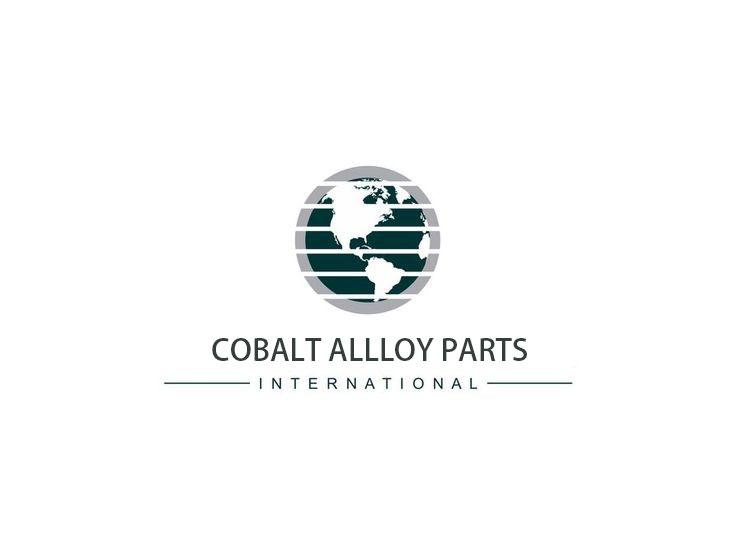
Application of Cobalt Alloys in Smoke Exhaust Valves
2025-09-12 09:00In industrial production and environmental treatment scenarios, smoke exhaust valves endure prolonged exposure to complex operating conditions characterized by high temperatures, high corrosion, and high wear. Constrained by their inherent limitations, traditional metallic materials struggle to withstand the long-term effects of such extreme environments. Common issues include reduced service life, degraded sealing performance, and sharply increased maintenance costs. With their outstanding comprehensive mechanical properties and environmental adaptability, cobalt alloys have emerged as the key material for core components in smoke exhaust valves.
Extreme Operating Conditions Facing Exhaust Valves
Industrial flue gas temperatures typically range between 300-800°C, with specific specialized processes reaching even higher temperatures.
Dramatic temperature fluctuations occur during equipment startup and shutdown, creating extreme temperature cycling.
Pressure within the flue gas system dynamically fluctuates with production loads, resulting in frequent high-to-low pressure switching that creates extreme pressure cycling.
Solid impurities such as dust and coke particles carried by the flue gas cause continuous erosion of the valve's inner walls and sealing surfaces during high-velocity flow.
In specialized applications like desulfurization units, flue gases contain corrosive media such as sulfur and chlorine, often within high-temperature, humid environments.
Core Performance Advantages of Cobalt Alloys for Exhaust Valve Applications
Cobalt alloys maintain stable mechanical strength below 800°C. Their low thermal expansion coefficient minimizes thermal stress cracking during extreme temperature cycling.
Elements like chromium and tungsten within the alloy form tough carbide phases (hardness up to HRC 50-60). Cobalt alloy effectively resists erosion and wear from solid particles in flue gases, significantly extending the service life of critical components like valve cores and sealing surfaces.
The chromium in cobalt alloys forms a dense chromium oxide protective layer on the material surface, effectively blocking corrosion from sulfur, chlorine, and other corrosive media. It suppresses chemical and electrochemical corrosion, even in high-temperature, humid, and highly corrosive environments, preventing damage to the component's rust.
Under extreme pressure cycling conditions, cobalt alloys' tensile strength and yield strength remain stable, resisting plastic deformation caused by pressure shocks. This ensures the structural integrity of the valve and precise switching actions, ensuring reliable flue gas control.
As industrial environmental standards rise and production processes advance, flue gas valves will face increasingly complex operating conditions, demanding higher material performance. With its irreplaceable performance advantages, cobalt alloy will continue to unlock its application potential in flue gas valve technology. It establishes the material foundation for technological innovation in flue gas valves and provides robust assurance for the safe, efficient, and environmentally sound operation of industrial flue gas systems.
